
Have you ever returned to your car to find that someone’s dented the bodywork? Fortunately not all dents require an expensive panel beater to put them right. Here’s our guide to how you can get your car back to that flat, clean dent free look…
Types of Dent You Can Fix Yourself
With a little care and attention, there are some simple dents to the bodywork that can be sorted out by yourself.
Sadly dents with creases are the exception here. A crease generally requires the attention of a professional, as this type of dent is usually a fold in the metal leaving permanent mark in the bodywork, which requires filler to correct. As the filler goes over the existing surface it will subsequently need a respray, that takes a steady hand and expertise to get a smooth finish that doesn’t stand out.
However, there are smaller bends in the bodywork that you can fix yourself. First identify the type of dent in your car, and then follow our simple instructions to make the repair:
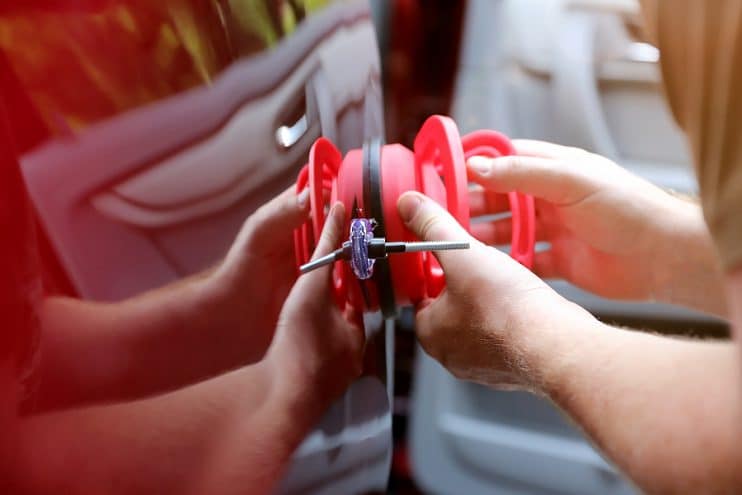
Easy to Reach Dents
If you can get to the back of the dented panel then this makes life a whole lot easier. Usually this applies to dents in the metal bodywork bonnet, wing, roof and boot of the car, which can be revealed through the support framework.
The Push-Out Method
Possibly the simplest and easiest way you can restore your bodywork and remove a small circular dent:
- Locate the dented panel and inspect the dent.
- Use a piece of soft wood to cover the dent and protect from impact.
- Gently tap the wood with a hammer to push on the dent working out from the centre of the dent.
- Alternatively you can use a soft rubber mallet if the wood method doesn’t suit.
Dents in Plastic
Dents in the plastic may prove more challenging, but they can still be dealt with using the hot water method:
- You may be able to remove the part from your car – which will allow you to immerse it fully in boiling water for the best result.
- Otherwise cover affected part of the plastic with boiling water taking care not to get splashed and burned.
- Use your hands to push the dent out of the plastic part.
- When you’re finished and happy with the result, immerse the part in cold water to make the repair set in place.
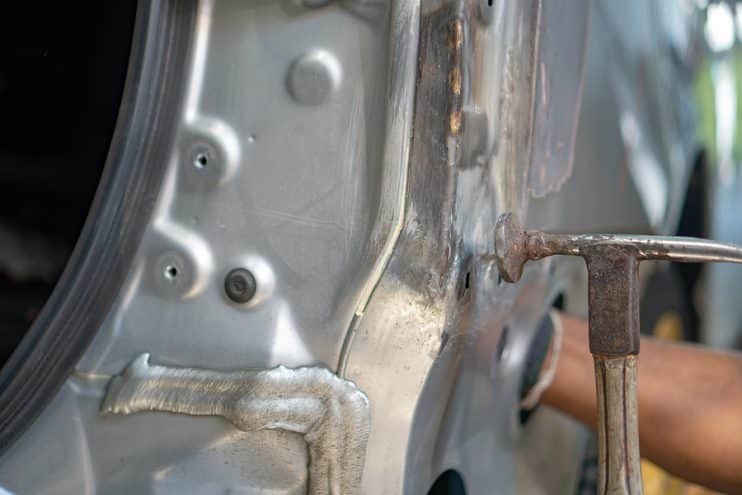
Harder to Reach Dents
What about when you cannot reach the back of the dent to push it out, or there’s no easy way to detach the panel? Try one of these methods, which are proven to give good results.
Vacuum Method
If you have a powerful vacuum cleaner, then the following method could work:
- Attach the hose to the dent and power up the vacuum.
- If the vacuum is powerful enough the dent should come out with ease.
To improve this method, you can also add a suction cup to the end of your vacuum to increase its power.
Plunger Pull Out
In the same way the kitchen plunger can be used to suck up and remove blockages from your pipes, this device can pull out dents in your bodywork:
- Put water on the plunger to ensure that you get a firm grip.
- Place the plunger over the dent and when you have a firm fix, simply pull the bodywork back into place.
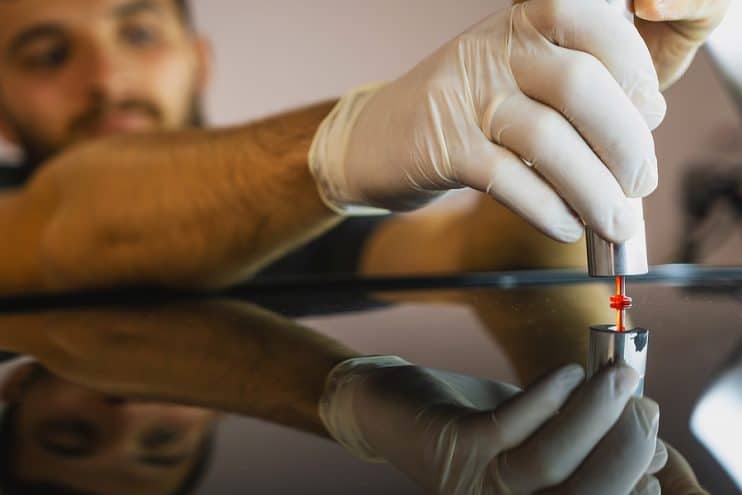
Pop with Dry Ice
Dry ice isn’t only for complex stage stunts. Believe it or not this super cooled liquid could save you quite a bit of cash when it comes to dent repair:
- Always wear protective gloves when handling dry ice to ensure that you don’t get cold burn or frostbite.
- Apply the dry ice directly onto the dent.
- Wait to see if the dent pops out on its own.
- You may have to repeat the process several times for a positive result.
- To improve the chances of getting the right result you can heat the dent with a hairdryer before the application of dry ice.
Hairdryer and Compressed Air Combination
Use a mix of hot and cold air to make a dent in plastic pop out. The heat makes the plastic expand and the air causes contraction and together this mix can force the dent to reset.
- Turn your hairdryer on its max heat setting and use it liberally to warm up the dented area.
- Quickly swap to the can of compressed air and use it to blow on the dent, causing it to rapidly cool down.
- The change in temperature should cause the dent to pop out, but if you have no change then repeat a couple of times, lengthening the heating and blowing times.
Hot Glue, Screws and Wooden Dowels
This one is a little more complex and uses dowel and screw handles to pull out the dent.
- Screw together sections of dowel rod to create wooden handles.
- Attach the wooden handles to the dented area on the car’s bodywork using glue.
- Wait for the glue to harden and dry.
- Use the wooden handles to pull out the dent and reset the metal.
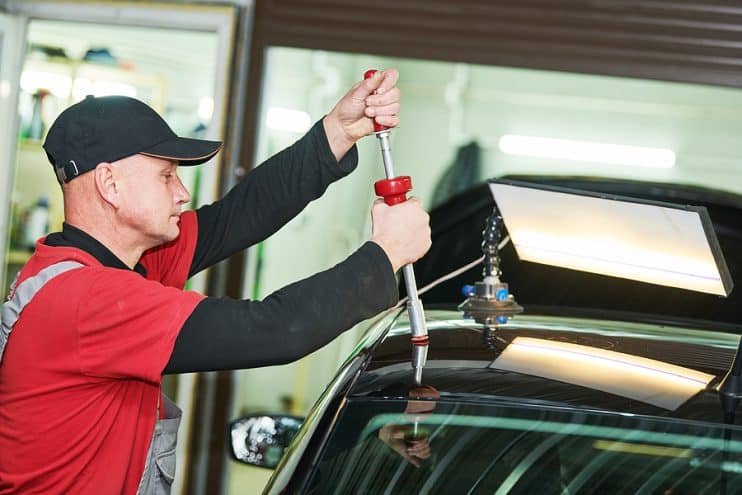
Metal Rods and Rubber Knockdown Both Sides Method
Use this technique for dents that are both raised and indented, applying pressure to both sides of the panel to restore its former glory. It requires the use of a rubber knockdown, which is a tool commonly used for flattening drywall.
- Get behind the panel and place the metal rod on the underside of the dent.
- When you are happy that the metal rod is correctly placed, used the rubber knockdown on the other side of the dent
- The knockdown should produce an even finish and remove the dent.
Speciality Tool Kit Method
There are many different kits out there, and some of these are designed for specific types of dents and crumples. Be sure to always read the instructions and advice before you purchase, as these may require other skills and strengths and you’ll need to know that the kit can get the job done before you part with your hard earned cash.
And Finally
Of course, and although it’s not always possible our best advice is to avoid getting dents in your vehicle at all costs. Use covers to protect your car. Avoid parking in dangerous, exposed areas and take care to give other vehicles enough room when parking and backing up. Getting in between those lines is important so people have the space to open their doors without dinging yours. Think about others and you can save yourself a lot of time and hard work.

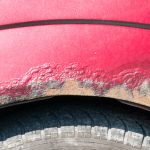



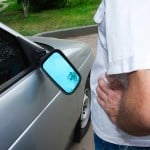
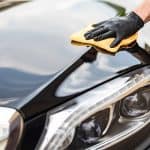
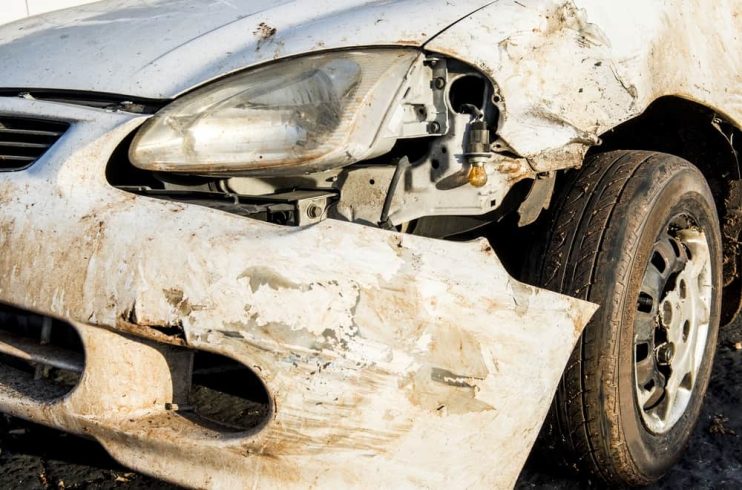
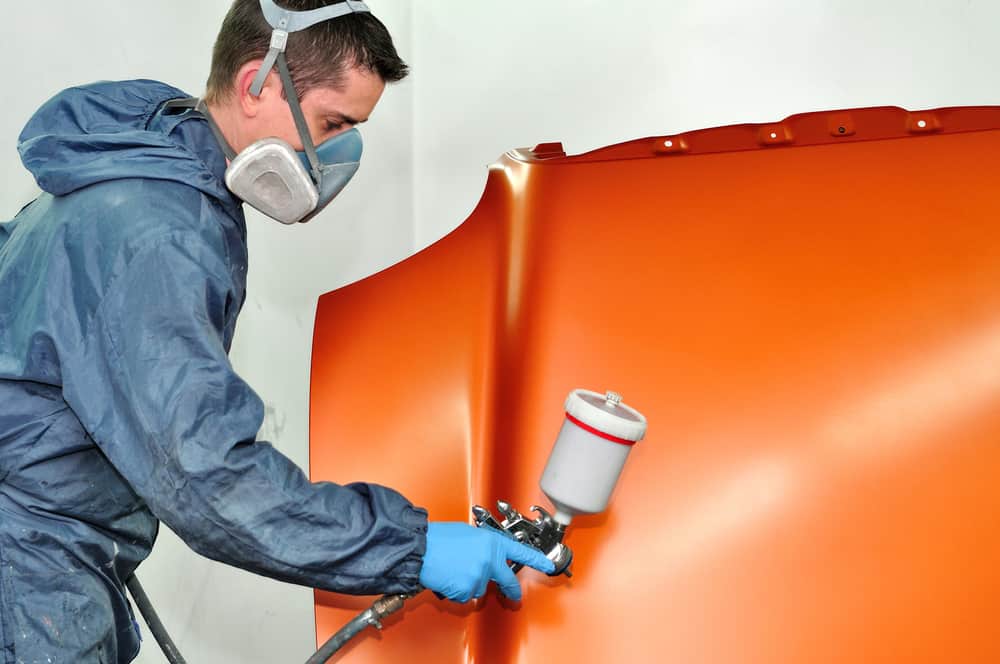

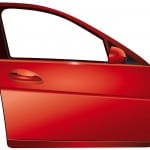
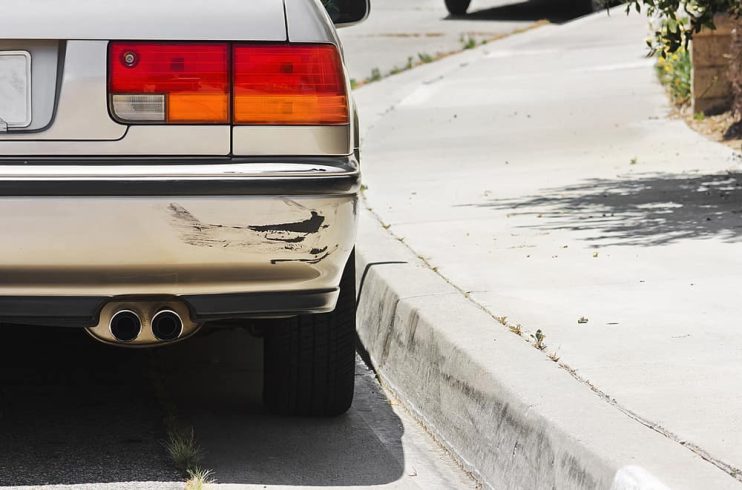

.png)